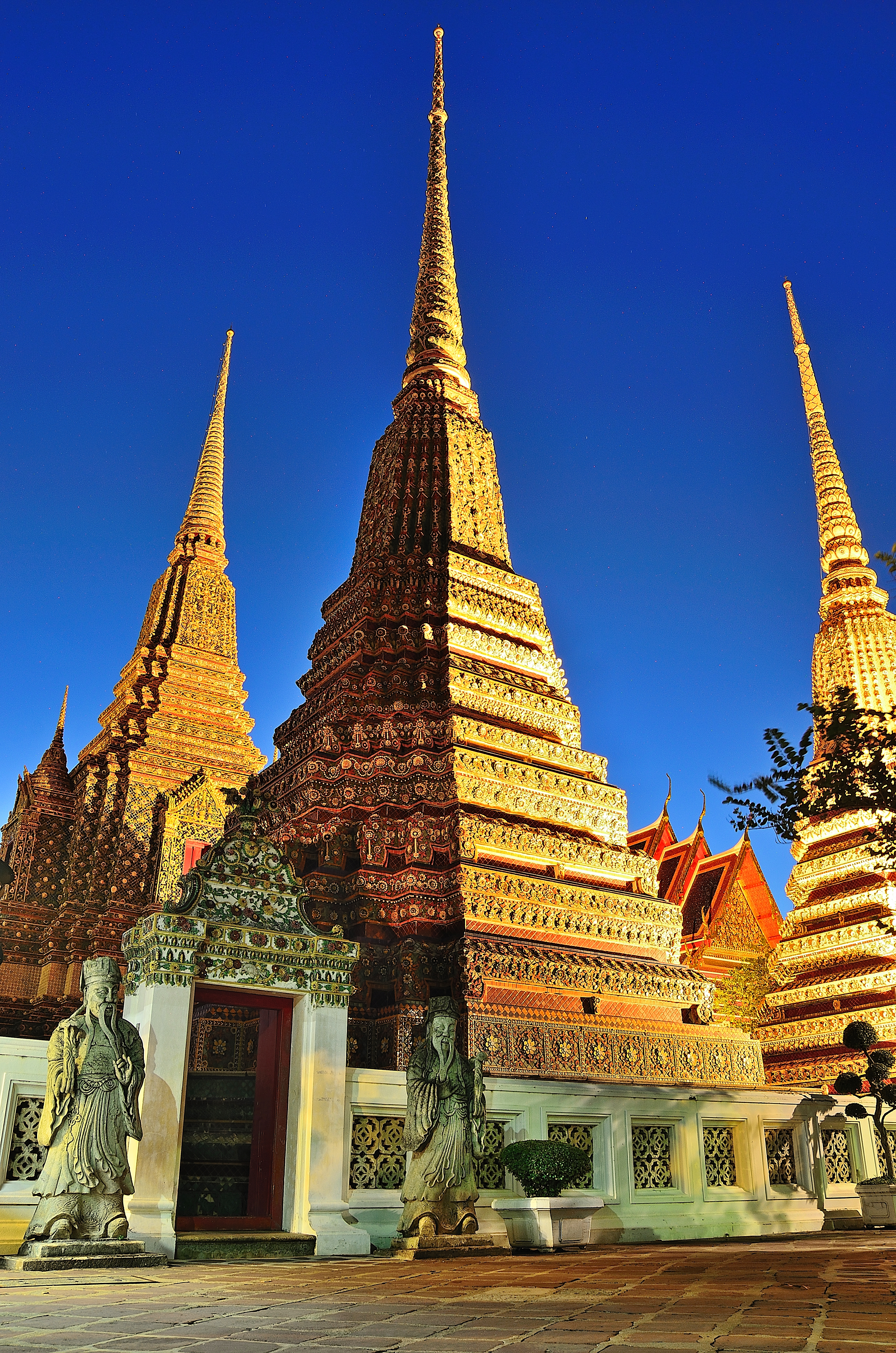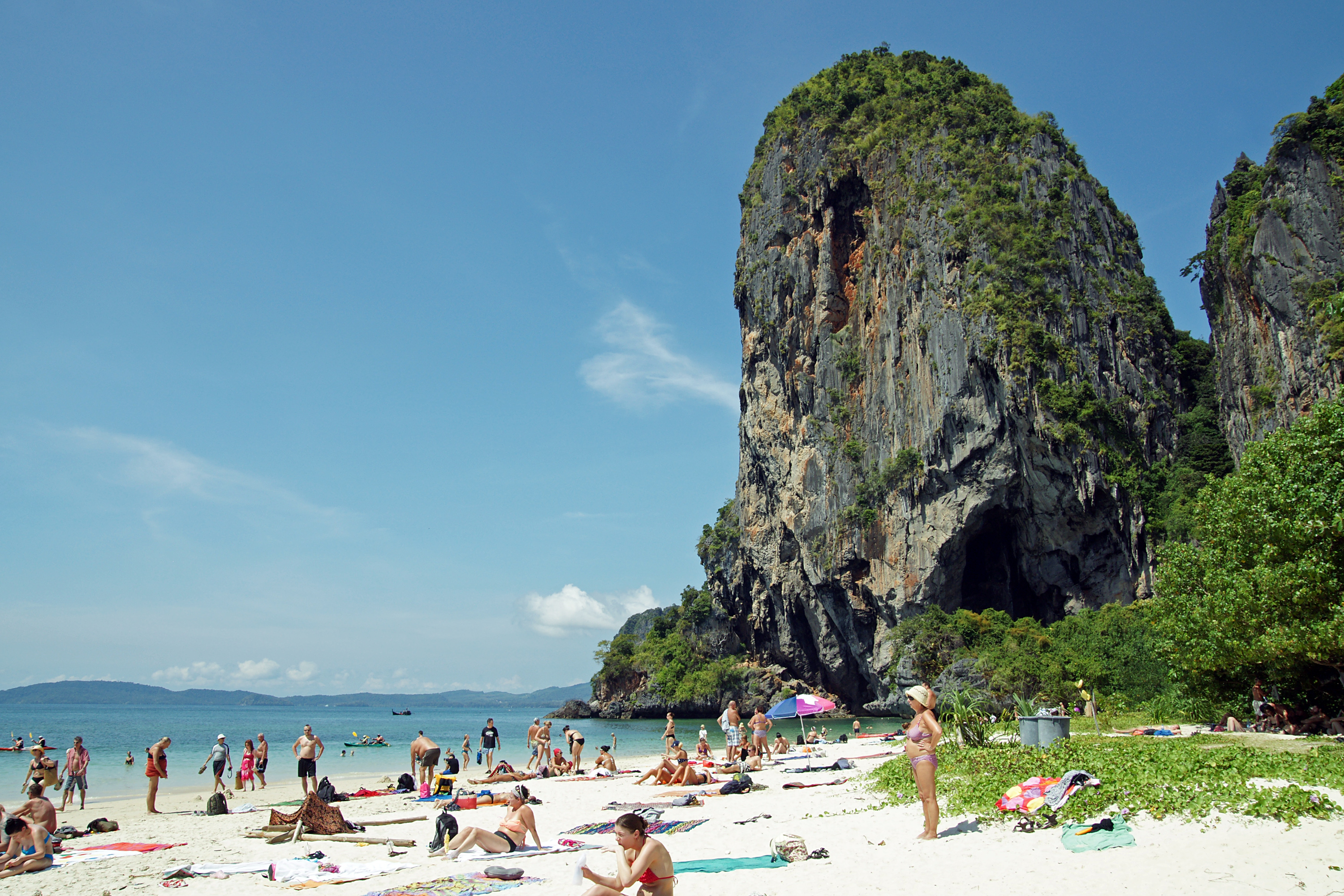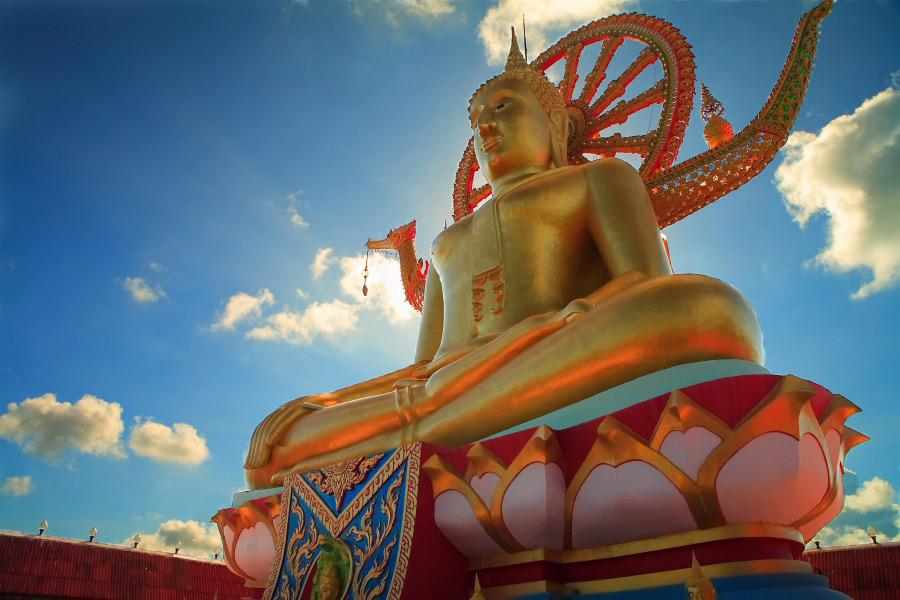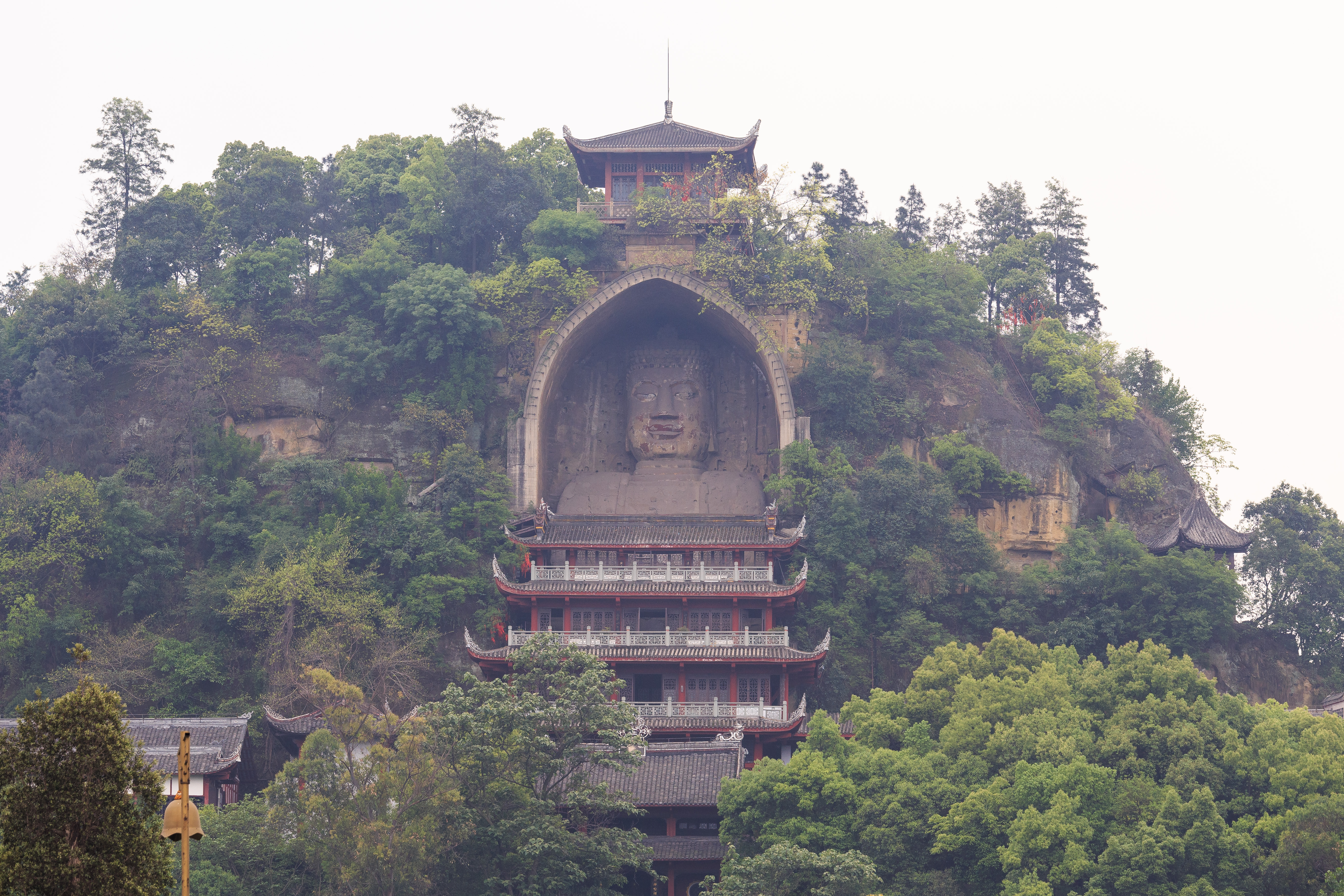|
Great Buddha (other)
Great Buddha, Big Buddha, or Giant Buddha may refer to: China * Leshan Giant Buddha in Leshan, Sichuan * Rongxian Giant Buddha in Rongxian, Sichuan * Grand Buddha at Ling Shan, in Wuxi, Jiangsu * Tian Tan Buddha, or "Big Buddha", Ngong Ping, Lantau Island, Hong Kong * Spring Temple Buddha, Lushan County, Henan Japan * ''Daibutsu'' (the Great Buddha), name given to several large Buddha statues in Japan ** Gifu Great Buddha, Shōhō-ji in Gifu Prefecture ** ''Kamagaya Great Buddha'', Kamagaya, Chiba Prefecture ** Daibutsu (Great Buddha) at Kōtoku-in, Kamakura, Kanagawa Prefecture ** Great Buddha at Takaoka, Toyama Prefecture ** Great Buddha at Tōdai-ji, Nara Prefecture ** Ushiku Daibutsu in Ushiku, Ibaraki Prefecture, Japan Thailand * Wat Pho, the Temple of the Reclining Buddha, Bangkok * Great Buddha of Thailand, Wat Muang Monastery, Ang Thong province (The tallest statue in Thailand) * Luangpho Yai Great Buddha, Roi Et (2nd-tallest) * Big Buddha Temple, Ko Phan, Ko Sam ... [...More Info...] [...Related Items...] OR: [Wikipedia] [Google] [Baidu] |
Leshan Giant Buddha
The Leshan Giant Buddha () is a tall stone statue, built between 713 and 803 (during the Tang dynasty). It is carved out of a cliff face of Cretaceous red bed sandstones that lies at the confluence of the Min River and Dadu River in the southern part of Sichuan province in China, near the city of Leshan. The stone sculpture faces Mount Emei, with the rivers flowing below its feet. It is the largest and tallest stone Buddha statue in the world and it is by far the tallest pre-modern statue in the world. It is over 4 km from the Wuyou Temple. The Mount Emei Scenic Area, including Leshan Giant Buddha Scenic Area, has been listed as a UNESCO World Heritage Site since 1996. Location The Leshan Giant Buddha is located at the Lingyun Mountain’s Qifeng Peak. Qifeng Peak is located at the junction of the Minjiang River, Qingyi River, and Dadu River. Other than the Leshan Giant Buddha, the Danxia Landform also contains abundant history and cultural connotations, such as cliff ... [...More Info...] [...Related Items...] OR: [Wikipedia] [Google] [Baidu] |
Wat Pho
Wat Pho ( th, วัดโพธิ์, ), also spelled Wat Po, is a Buddhism, Buddhist temple complex in the Phra Nakhon, Phra Nakhon District, Bangkok, Thailand. It is on Rattanakosin Island, directly south of the Grand Palace, Bangkok, Grand Palace. Known also as the Temple of the Reclining Buddha, its official name is Wat Phra Chetuphon Wimon Mangkhalaram Rajwaramahawihan ( th, วัดพระเชตุพนวิมลมังคลารามราชวรมหาวิหาร; ). The more commonly known name, Wat Pho, is a contraction of its older name, ''Wat Photaram'' (; ). The temple is first on the list of six temples in Thailand classed as the highest grade of the first-class royal temples. It is associated with King Rama I who rebuilt the temple complex on an earlier temple site. It became his main temple and is where some of his ashes are enshrined. The temple was later expanded and extensively renovated by Rama III. The temple complex houses the largest ... [...More Info...] [...Related Items...] OR: [Wikipedia] [Google] [Baidu] |
Buddhas Of Bamyan
The Buddhas of Bamiyan (or Bamyan) were two 6th-century monumental statues carved into the side of a cliff in the Bamyan valley of Hazarajat region in central Afghanistan, northwest of Kabul at an elevation of . Carbon dating of the structural components of the Buddhas has determined that the smaller "Eastern Buddha" was built around 570 CE, and the larger "Western Buddha" was built around 618 CE, which would date both to the time when the Hephthalites ruled the region. The statues represented a later evolution of the classic blended style of ancient art in Afghanistan. Present-day inhabitants of the area, who follow Islam and speak the Hazaragi dialect of Dari Persian, call the larger statue Salsal ("the light shines through the universe") and identify it as male. The shorter statue is called Shamama ("Queen Mother") identifying it as a female figure. Technically both were reliefs, as at their backs they merged into the cliff wall. The main bodies were hewn directly from the s ... [...More Info...] [...Related Items...] OR: [Wikipedia] [Google] [Baidu] |
Laykyun Sekkya
The Laykyun Sekkya Buddha ( my, လေးကျွန်းစကြာ) is, as of 2018, the third-tallest statue in the world at . Details This statue of Gautama Buddha stands on a throne located in the village of Khatakan Taung, near Monywa, Myanmar. Construction began in 1996 and it was completed on 21 February 2008. It was commissioned by the Chief Abbot Ven. Nãradã.. It was the tallest statue in the world for a few months until the completion of the Spring Temple Buddha in September 2008. The Laykyun Sekkya statue depicts a standing Gautama Buddha next to a reclining statue of Gautama Buddha, depicting the scene of '' Mahaparinirvana'' (Mahaparinibbana). See also *List of tallest statues This list of tallest statues includes completed statues that are at least tall, which was the assumed height of the Colossus of Rhodes. The height values in this list are measured to the highest part of the human (or animal) figure, but exclude ... * Chaukhtatgyi Buddha Temple * M ... [...More Info...] [...Related Items...] OR: [Wikipedia] [Google] [Baidu] |
Krabi
Krabi ( th, กระบี่, ) is the main town in the province of Krabi (''thesaban mueang'') on the west coast of southern Thailand at the mouth of the Krabi River where it empties in Phang Nga Bay. As of 2020, the town had a population of 32,644. The town is the capital of Krabi Province and the 10 Krabi city sub-districts. Tourism is an important industry. Krabi is south of Bangkok by road. History At the start of the Rattanakosin period in the late eighteenth century, when the capital was finally settled at Bangkok, an elephant kraal was established in Krabi by order of Chao Phraya Nakhon (Noi), the governor of Nakhon Si Thammarat, which was by then a part of the Thai Kingdom. He sent his vizier, the Phra Palad, to oversee this task, which was to ensure a regular supply of elephants for the larger town. So many followers immigrated in the steps of the Phra Palad that soon Krabi had a large community in three different boroughs: Pakasai, Khlong Pon, and Pak Lao. In 1 ... [...More Info...] [...Related Items...] OR: [Wikipedia] [Google] [Baidu] |
Tiger Cave Temple
The Tiger Cave Temple ( th, วัดถ้ำเสือ, ) is a Buddhist temple north-northeast of Krabi, Thailand. A sacred site, it is known for the tiger paw prints in the cave, tall Buddha statues and the strenuous flight of stairs to reach the summit. History The foundation of the temple dates back to 1975 (B.E. 2518) when a Vipassana monk named Jumnean Seelasettho (Ajahn Jumnean) went to meditate in the cave. During his meditation, he witnessed tigers roaming around the cave. This discovery led to naming the temple Wat Tham Suea. Another legend says that an actual huge tiger used to live and roam the cave. The naming of the temple also comes from discoveries of a tiger paw prints on the cave walls, and also the bulge of the cave resembling a tiger's paw. Geography The surroundings of Wat Tham Suea consists of tropical rain forest including many old trees in the Kiriwong Valley. Caves to visit are Tum Khon Than, Tum Lod, Tum Chang Kaeo, and Tum Luk. Many Thanu ancient art ... [...More Info...] [...Related Items...] OR: [Wikipedia] [Google] [Baidu] |
Wat Intharavihan
Wat Intharawihan or Wat Intharavihan ( th, วัดอินทรวิหาร, ) is a Third Class Royal wat (temple) located in the Phra Nakhon District of Bangkok, Thailand. It is noted for its high standing Buddha statue known as Luang Pho To or "Phra Si Ariyamettrai" that was erected on the inspiration of the still highly revered abbott Somdej Toh. Location The Wat is at the northern edge of the Banglamphu area of Phra Nakhon, Bangkok. Access to the temple is by boat along the Chao Praya River close to Thanin Wisut Kasat. Road access is through local transport. The northbound Samsen Road leads to this wat, which is hidden below the elevated expressway. Also called Wat In, of the late Ayutthaya Kingdom , when it was called Wat Bang Khunphrom Nok for the name of the suburb where it is located. History The Wat is a royal temple categorized as Class III, which was built at the beginning of the Ayutthaya Kingdom, and was originally called Wat Rai Phrik "Vegetable fields Wat". ... [...More Info...] [...Related Items...] OR: [Wikipedia] [Google] [Baidu] |
Big Buddha Temple
Wat Phra Yai, known in English as the Big Buddha Temple, is a Buddhist temple on Ko Phan (also spelled Koh Fan or Koh Faan), a small island offshore from the northeastern area of Ko Samui, Thailand, connected to that island by a short causeway north of Samui International Airport. As its name indicates, it is home to a giant, gold-painted Buddha statue. Since being built in 1972, it has become one of Ko Samui's main tourist attractions and a major landmark. The statues The Buddha statue depicts Buddha in a state of calm and purity and resolve, having overcome temptation and fear sent at him by Mara, Lord of Illusion. Known as the Mara posture, the left hand rests palm open and up in the statue's lap, the right hand facing down over the right knee, almost to the ground. There is a second, smaller Buddha statue, depicting the Maitreya of the Future and a collection of bells around the temple's rear side. The temple design has elements of animism, Brahminism and Buddhism in ... [...More Info...] [...Related Items...] OR: [Wikipedia] [Google] [Baidu] |
Luangpho Yai
Luangpho Yai ( th, หลวงพ่อใหญ่, ), also known as Phra Phutta Rattana Mongkhol Maha Munee ( th, พระพุทธรัตนมงคลมหามุนี, ), and The Great Buddha of Roi Et, is the fourth-tallest statue in Thailand. Located in the Wat Bhurapha Phiram temple in Roi Et Province, this statue stands tall (or tall, including the base). Construction was completed in 1973.translated froWat Bhurapa Piram Temple information on Paiduaykan/ref> It is covered with mosaic and made of concrete. The sculptor was believed to be a local sculptor. The overview of the Buddha was criticised as "not to the ratio" of any ordinary Buddha. It's assumed that the local sculpture focused on his faithful belief rather than the outside beauty. The statue depicts the Gautama Buddha in a standing pose. The statue stands as the province's landmark, as being cited in the province's official quote; ''Leu nam phra yai'' (ลือนามพระใหญ่, ). T ... [...More Info...] [...Related Items...] OR: [Wikipedia] [Google] [Baidu] |
Great Buddha Of Thailand
The Great Buddha of Thailand, also known as The Big Buddha, The Big Buddha of Thailand, Phra Buddha Maha Nawamin, and Mahaminh Sakayamunee Visejchaicharn ( th, พระพุทธมหานวมินทรศากยมุนีศรีวิเศษชัยชาญ; ), was in November 2018 the tallest statue in Thailand, the second tallest statue in Southeast Asia, and the ninth-tallest in the world. Located in the Wat Muang temple in Ang Thong Province, this statue stands 92 m (300 ft) high, and is 63 m (210 ft) wide. Construction commenced in 1990, and was completed in 2008. It is painted gold and made of concrete. The Buddha is in the seated posture called Maravijaya Attitude. The statue was built following the order of Phra Kru Vibul Arjarakhun, the first abbot of Wat Muang temple, in order to commemorate the King Bhumibol of Thailand. The statue was built using the donated money from faithful Buddhists considering as the act of making meri ... [...More Info...] [...Related Items...] OR: [Wikipedia] [Google] [Baidu] |
Ushiku Daibutsu
is a statue located in Ushiku, Ibaraki Prefecture, Japan. Completed in 1993, it stands a total of tall, including the base and 10m lotus platform. The statue held the record for the tallest statue from 1993 to 2008. , it is one of the top five tallest statues in the world. An elevator takes visitors up to an observation floor. The statue depicts Amitabha Buddha and is made of bronze. It is also known as Ushiku ARCADIA (Amida's Radiance and Compassion Actually Developing and Illuminating Area). It was built to commemorate the birth of Shinran, founder of the Jōdo Shinshū 浄土真宗 or "True Pure Land School" of Buddhism. Construction Construction was commissioned to , applying . First, a cast iron steel column was elected at the center supporting the weight of the entire Daibutsu. Then, arranging a steel frame structure around it which was pre-assembled on the ground block by block in advance. The 100 meter high torso, or body, of the statue was divided into 20 tiers ... [...More Info...] [...Related Items...] OR: [Wikipedia] [Google] [Baidu] |
Rongxian Giant Buddha
The Rongxian Giant Buddha (Chinese: 荣县; pinyin: Róngxìan) formerly romanized as Yong-hien or Hong-yien, is a tall stone statue, built around 817 (during the Tang Dynasty), depicting Maitreya. It is 90 kilometres east of the Leshan Giant Buddha. The Buddha is carved out of the cliff face of a stone hill that lies to the north east of Rongxian and the Rongxi River in the eastern part of Sichuan province in China. Standing 414 metres above sea level, the stone sculpture overlooks the town of Rongxian below its feet. After the Leshan Giant Buddha, it is the second tallest pre-modern statue. The Temple is located on the Dafo Road, Rongxian, Zigong Shi, Sichuan Sheng, China. Dàfó (大佛) in Chinese means Big Buddha. The nearest city is Zigong. History Construction was started in around 817, by Chinese monks. A sophisticated drainage system was incorporated into the Rongxian Giant Buddha when it was built, still in working order; it includes drainage pipes carved into vari ... [...More Info...] [...Related Items...] OR: [Wikipedia] [Google] [Baidu] |






